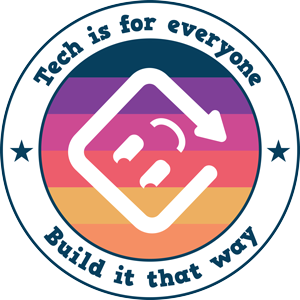Inclusive computing

Technology is for everyone. Yet there is a lack of diversity in the creators of new technologies. We know that diversity is great for business with diverse teams making better decisions 87% of the time and results by diverse teams improving by 60%. But it’s not just about being great for business, it is great for society too.
There are systemic and societal issues that contribute to the lack of diversity in technology. This is often referred to as ‘the leaky pipeline’ because of the suggestion that there are key moments in time where a person ‘drops out’ of technology education or technology careers. This metaphor can have negative implications for many reasons. We need to be careful that the ownership isn’t being placed on the person for dropping out rather than the system for excluding them. Whether you use the metaphor or not, the fact is that we have a problem and that problem needs to be solved, urgently.
Inclusive computing is making sure that the subject doesn’t exclude people.
Better learning experiences in computing lead to increased participation from underestimated groups.
We also can’t forget that there is also a lot of work to do in technology companies to ensure that those that make it don’t experience exclusion in their technology careers.
How do we make computing more inclusive?
As an educator creating a resource or a curriculum, ask yourself ‘how could this activity exclude learners?’ and then think about how the resource could be more inclusive. The answer to the question ‘how could this activity exclude learners?’ can be difficult to answer if you are unaware of some of the needs, cultural experiences or prior abilities of the group that you are creating materials for. It’s important to be aware that no resource or curriculum will ever be perfect but your aim should be to make it as inclusive as you possibly can with the resources that you have.
Here are some typical things that you might see in a computing curriculum that might exclude some learners:
- Technical vocabulary that is not defined
- Additional vocabulary that is unnecessary
- Assuming that people want to do things with computing that you did when you were young, e.g retro games and turtle
- Open projects that aren’t carefully scaffolded
- Scaffolded projects that don’t allow for creativity
- Ad-hoc references to things from the past that are no longer relevant to young people (e.g. floppy disks)
- Setting mandatory homework that requires the use of the internet or a device
Question: Did anything from that list make you feel uncomfortable or perhaps even a little angry?
Inclusion work is uncomfortable because it makes you question how you perceive the world and how you behave in that world. That feeling is normal and can be used to channel your frustrations into making positive changes.
Specific ways to make computing more inclusive
- Establish routines in the classroom
- Use careful questioning
- Reduce cognitive load
- Develop confidence
- Harness multimedia
- Provide accessible resources
- Scaffold tasks
- Develop planning skills
- Use a range of strategies, including physical computing and unplugged activities
- Use pair programming and teach learners how to collaborate effectively
- Use a diverse range of role models in your materials
- Use near peer role models to support younger learners
- Use gender neutral language (e.g. the programmer, they…)
- When setting homework, make sure it is accessible
- Use free and open source software where possible
- Have a curriculum that encourages creativity
- Learn about unconscious bias and actively reduce it in your practice
- Don’t have entry requirements for GCSE
- Use relevant, real world examples
- Make sure that resources are culturally relevant, leave room for personalisation
- Provide a broad curriculum, computing isn’t just programming!
Source: https://www.casinclude.org/toolkits-for-educators
The SHAPE framework
Flip Computing has created the SHAPE framework to help make computing a more inclusive place to be. It helps provide scaffolding for the design and creation of personalised projects. The SHAPE framework can be applied to many areas of computing and is informed by a wide range of research.
What drives Flip Computing?
At Flip Computing, everything that we do contributes to improving the experiences of underestimated groups in computing and technology education. Whether it is through supporting other organisations with their curricula, or designing our own products and learning experiences. Whenever we create something new, we ask ourselves – how could this exclude people and what can we do to make it better? Learn more about the work of Flip Computing on our ‘What we do‘ pages.
